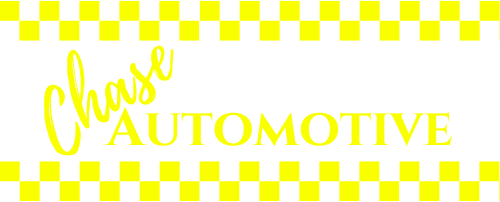Owning a car requires a bit of responsibility. According to Progressive Insurance, it’s typical for a car to last somewhere around 200 thousand miles, but your car will only be able to last this long with proper care. It’s important to take the right steps as soon as your check engine light comes on. Here’s a quick overview of a few things you should do when this happens.
Check Your Fluid and Oil Levels
One of the first things to do when your check engine light comes on is to check your fluids and oil. Sometimes, a simple alert can be enough to trigger a warning. If all your fluids are topped off, and you’re still within an acceptable range for your oil life, you’ll need to take a look at your manual. This will allow you the chance to reset the light yourself if a simple issue caused it to illuminate.
Take a Look at the Owner’s Manual
There are a few errors that can trigger your warning light. Many of these allow for the light to be easily reset. If you consult your manual and don’t find the answers you need, you can try a manual reset. This will clear the warning. When this step is successful, it usually means that the light was illuminated in error. However, if you notice that it comes back on in a few days, this indicates there is a problem with your car, and you’ll want to have it checked out.
Schedule a Service Call
Don’t ignore an illuminated warning light, even when you think your car is running well. They’re an advance warning that something’s amiss and should be checked out. When you contact your mechanic to schedule a service call, they might have a few suggestions and have you check a few things before making your appointment. Your local auto shop has the diagnostic equipment necessary to determine the cause of the alert. Once the problem has been identified, your auto shop will let you know what’s needed to get your car back in good working order. This way, you can get your car fixed before the situation worsens.
If you need repairs or maintenance for your vehicle, Chase Automotive Repair is the local auto shop to call. For anything from a routine oil change to addressing any problem that could cause a check engine light to come on, we’ve got you covered. Contact us today to book your service call. We look forward to seeing you soon!

